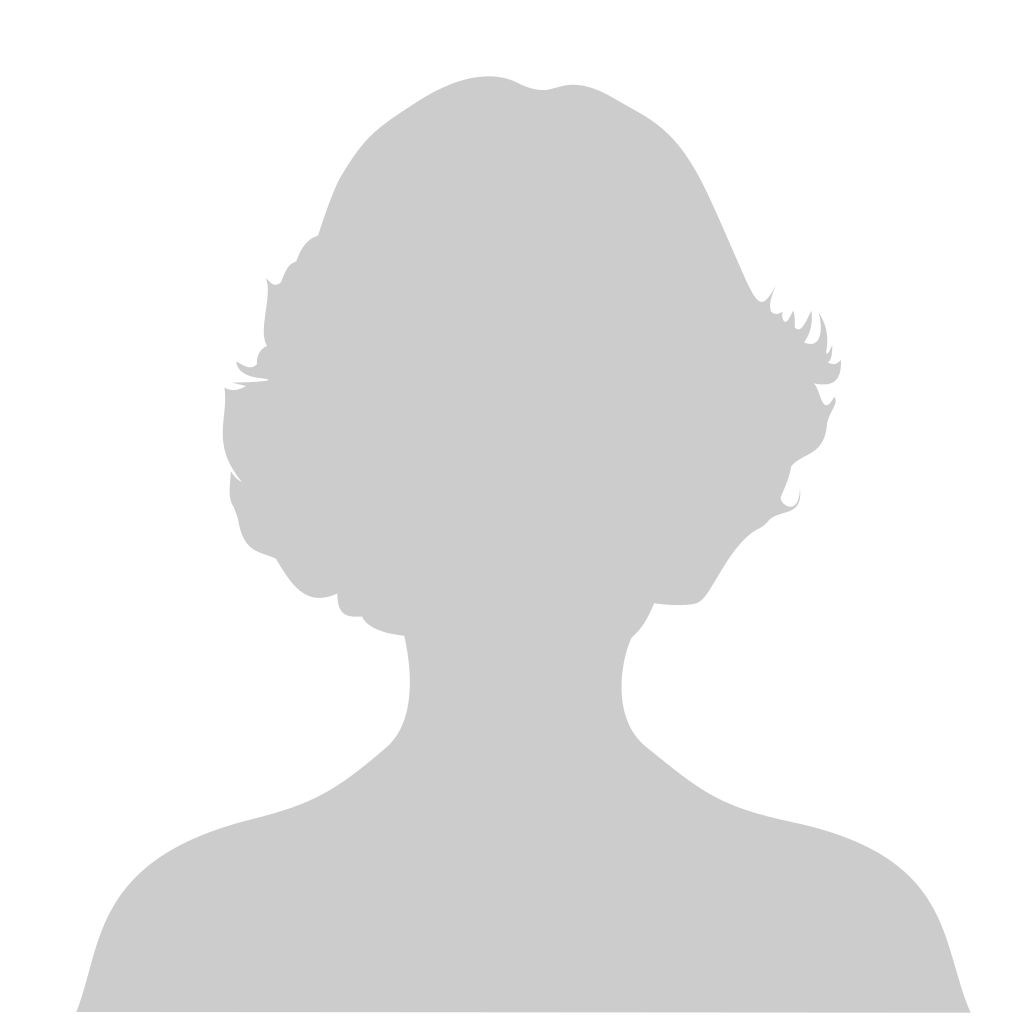Make a Home Down Payment Without Wrecking Your Finances
Maximizing a home down payment can make sense: The bigger the down payment, the lower the monthly mortgage bill and the better the chance of building equity more quickly.
But putting too much down could leave you without enough cash for home maintenance — or anything else.
“There’s really no one-size-fits-all solution,” says Jason Speciner, a certified financial planner in Fort Collins, Colorado.
Effect of a higher down payment
Many borrowers ask if they should scrape together a little more, such as 5% versus 3%, says Rick Bechtel, head of U.S. residential lending at TD Bank. But that probably wouldn’t make enough difference in the monthly mortgage payment to justify doing so if it left you strapped, he says.
“The need for post-closing cash is always greater, and sometimes significantly so, than people expect,” he says.
Kristin Phillips, a Tampa, Florida, psychologist and author of The Debt Shrink blog, says she and her husband, Brandon, couldn’t put down the traditional 20%, but they wanted to put down more than the minimum when they bought a home in 2013.
“Ten percent was a good compromise,” she says. That kept the monthly mortgage under 25% of their income so they could live comfortably. Eventually they made extra mortgage payments to build enough equity to eliminate private mortgage insurance.
Borrow with care
When deciding on down payment size, consider its effect on other aspects of your financial plan.
Twenty-nine percent of homeowners ages 21 to 34 borrowed from retirement accounts to help fund down payments, according to the Bank of the West’s 2018 Millennial Study.
But the decision to do so shouldn’t be taken lightly. Borrowing from a 401(k) is particularly risky. After a job loss, the loan must be repaid by the next tax filing deadline or it’s taxed as ordinary income, with a 10% penalty if the withdrawal is taken before age 59½.
But Linda Rogers, a certified financial planner and owner of Planning Within Reach in Memphis, Tennessee, says she doesn’t recommend borrowing from retirement savings. Many people are behind on saving anyway, she says, and borrowing from an IRA means losing tax-free growth.
Expect the unexpected
Thirty-four percent of recent first-time buyers say they no longer felt financially secure after buying their current home, according to NerdWallet’s 2019 Home Buyer Report, based in part on a survey of 2,029 adults by The Harris Poll for NerdWallet.
To maintain security, resist draining your savings for the down payment and closing costs. Leave some for emergencies, such as a car breakdown.
“Emergency reserves are for ‘Oh, shoot’ moments,” Speciner says.
And homeownership includes plenty of those. To minimize surprises, review the home inspector’s report and negotiate repairs with the seller before purchasing. Budget for immediate upgrades, such as fencing the yard for your dog. Include some cushion.
Alexandra Geneser, a neuropsychologist, used a portion of her savings for a 7% down payment and reserved the rest to remodel a fixer-upper in Charlottesville, Virginia, in 2018. The money for upgrades included a 20% cushion in case the project cost more than expected. The approach left her with enough to create the home she wanted without derailing her financially. “I am so overjoyed with my house,” she says.
Finally, leave some cash for fun stuff, like furniture.
“You just achieved a dream,” Bechtel says. “You’re going to spend money because you’ll have rooms you didn’t have before.”
The article Make a Home Down Payment Without Wrecking Your Finances originally appeared on NerdWallet.


